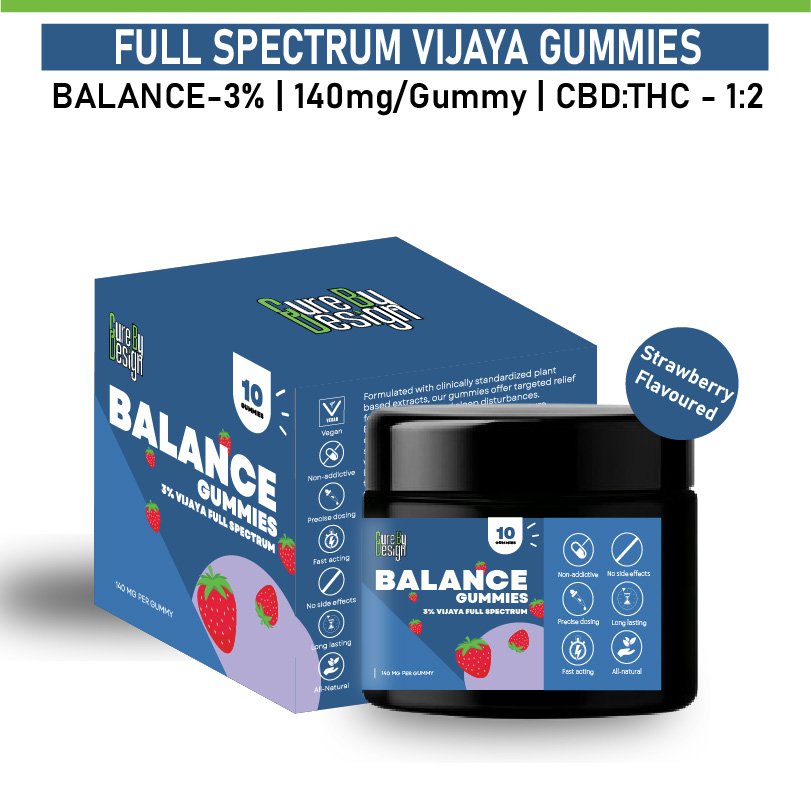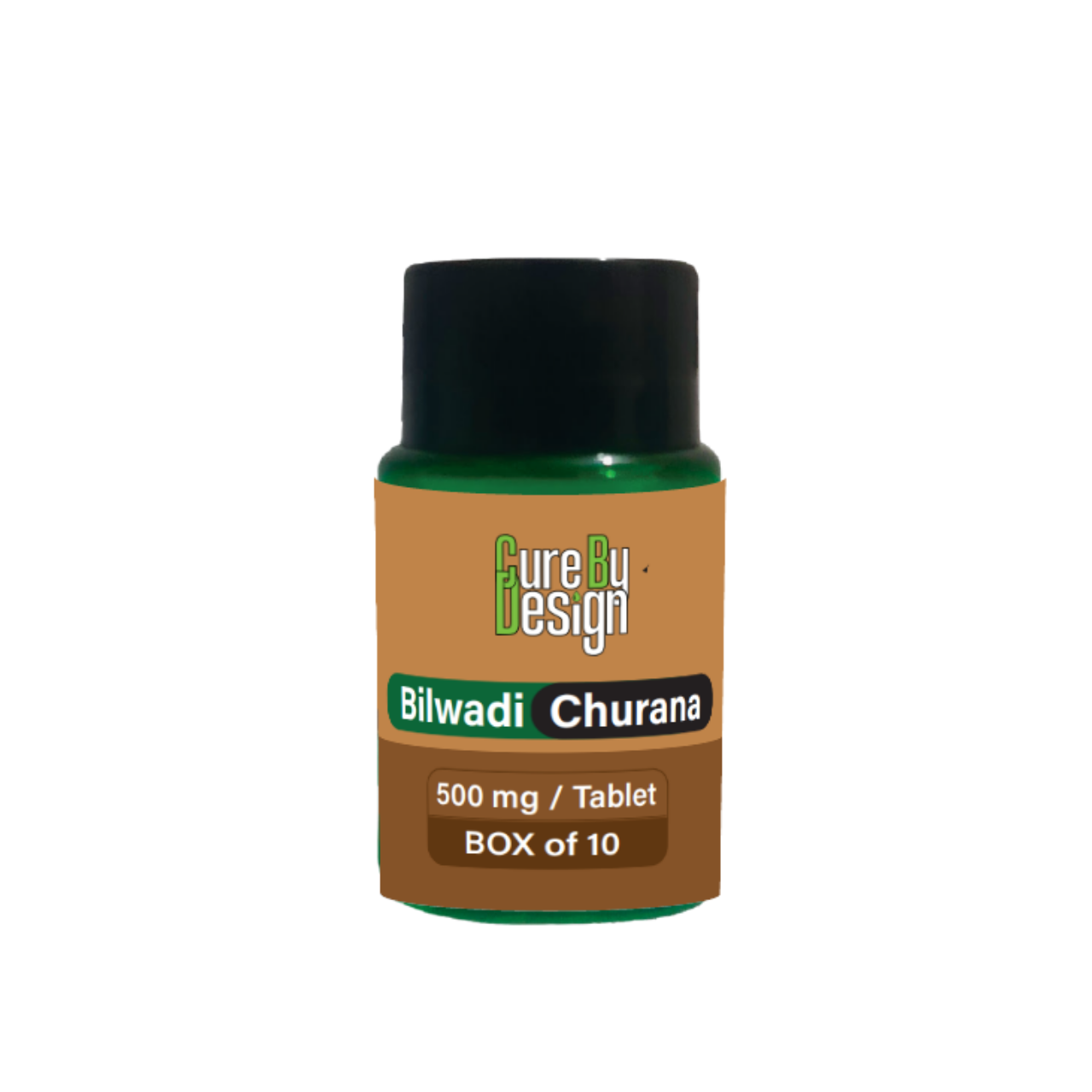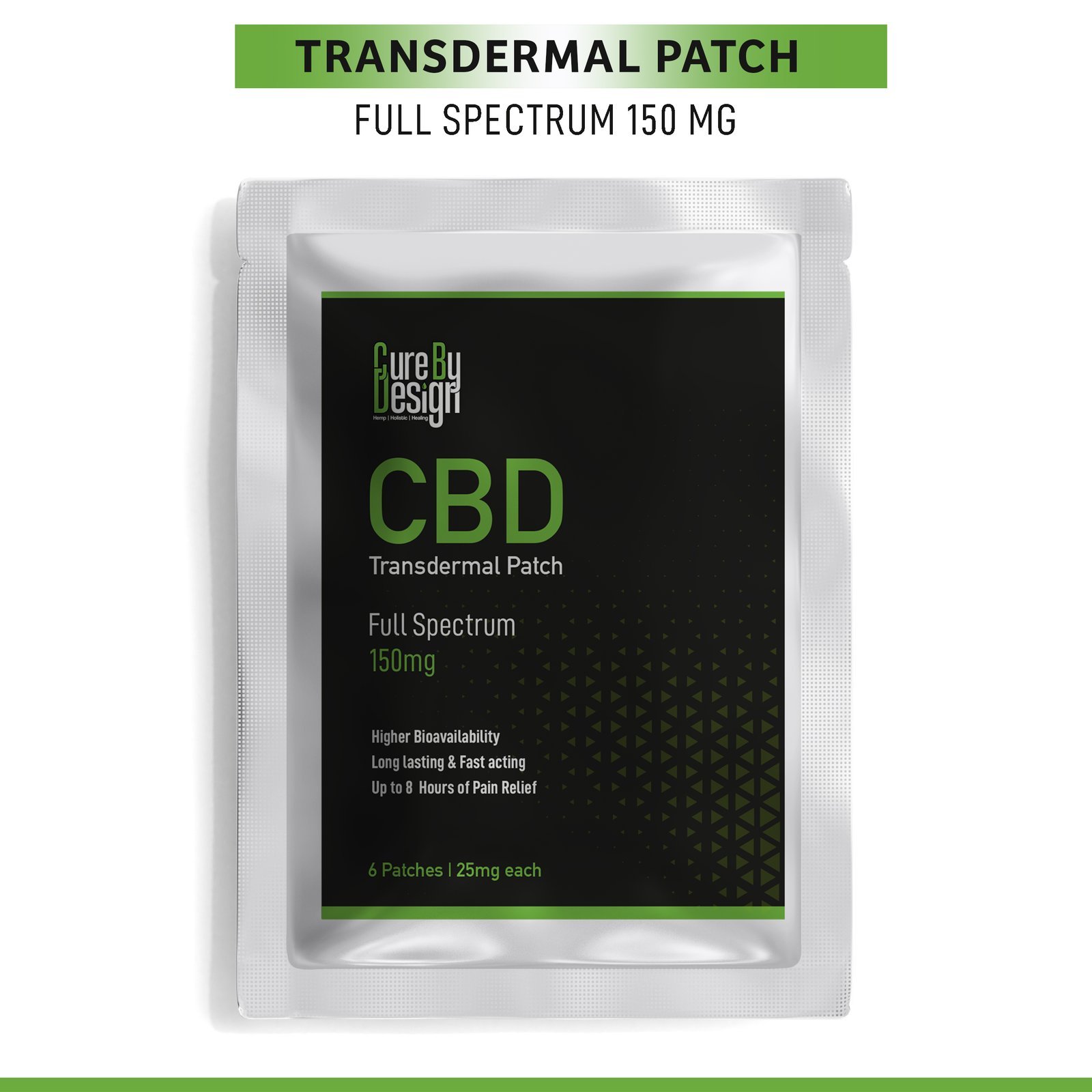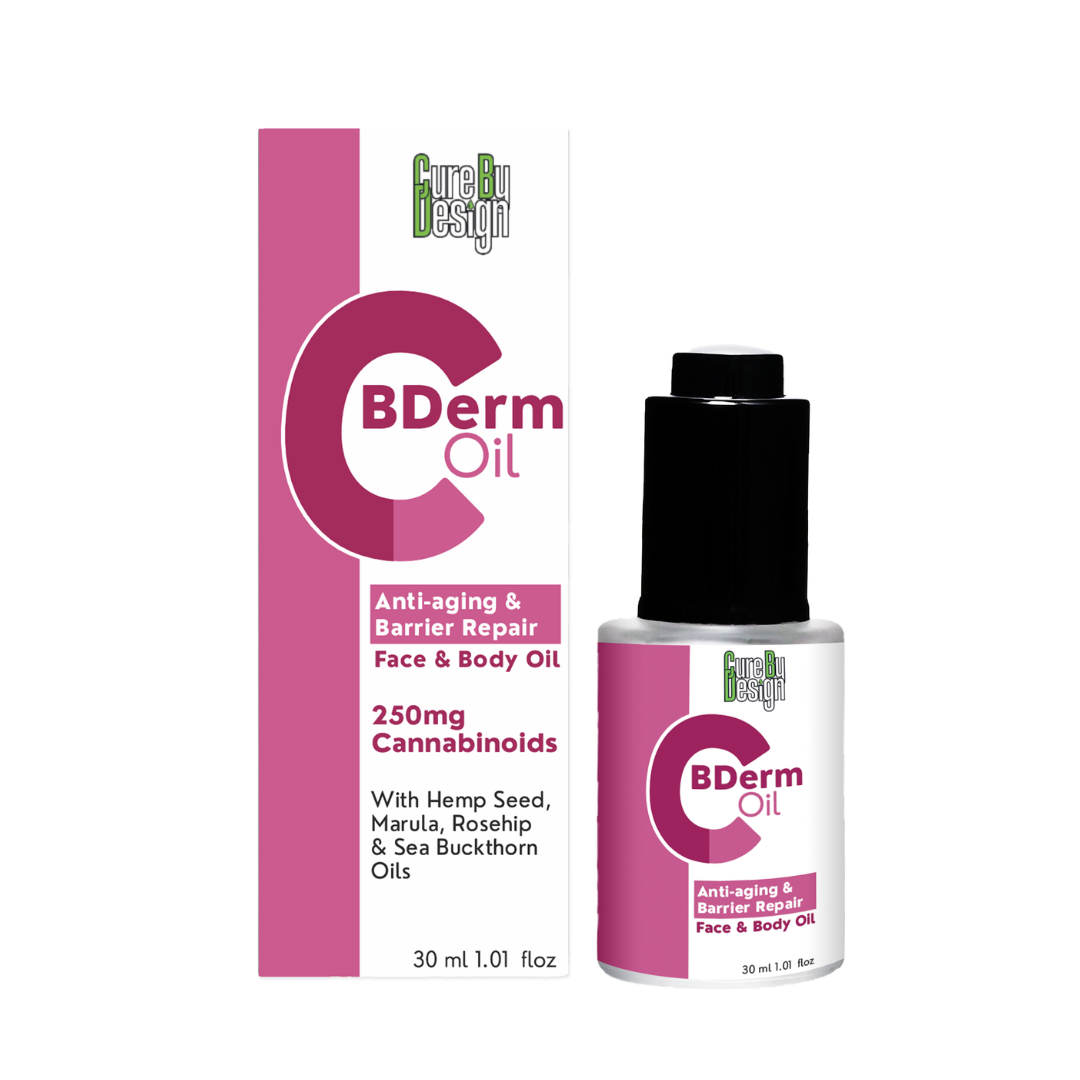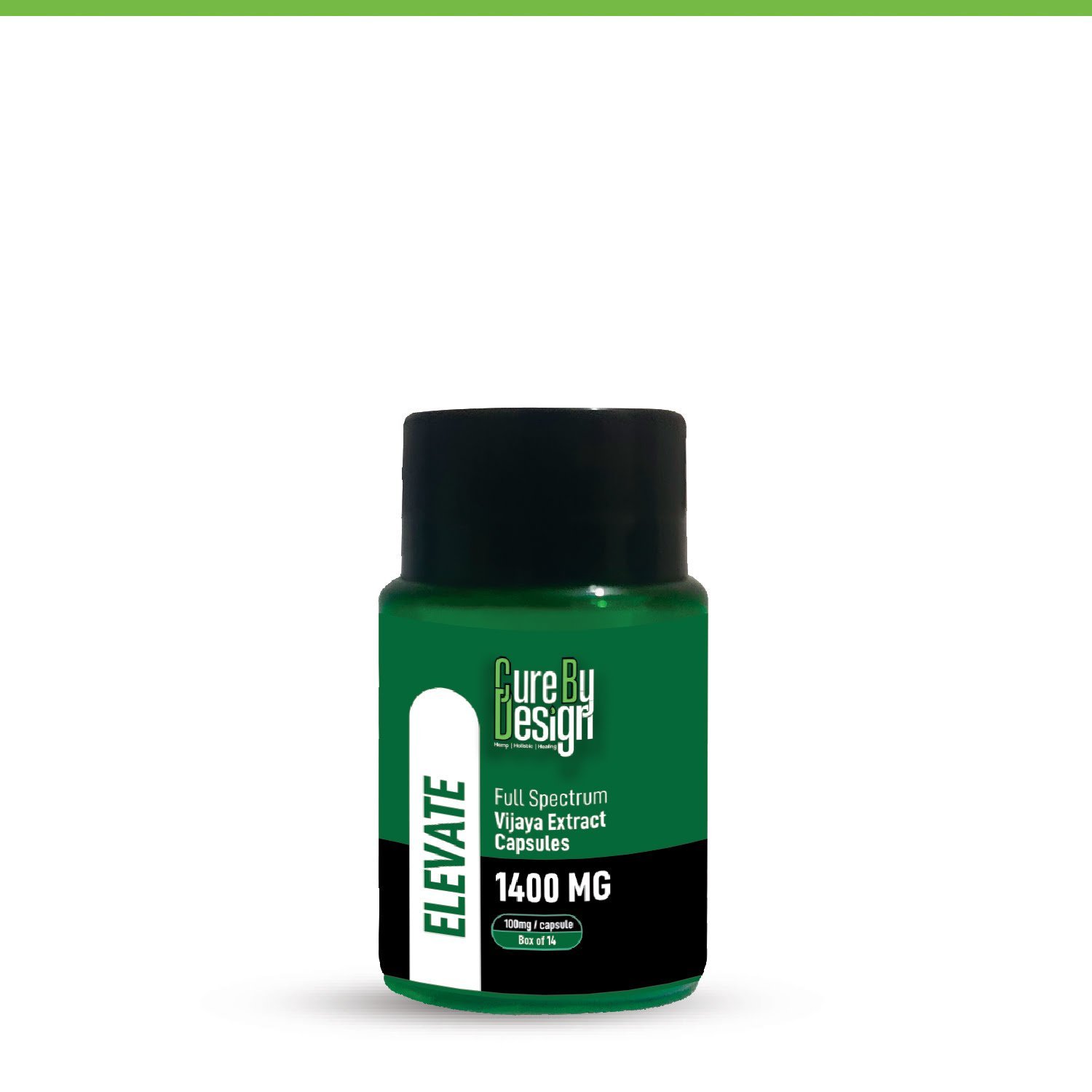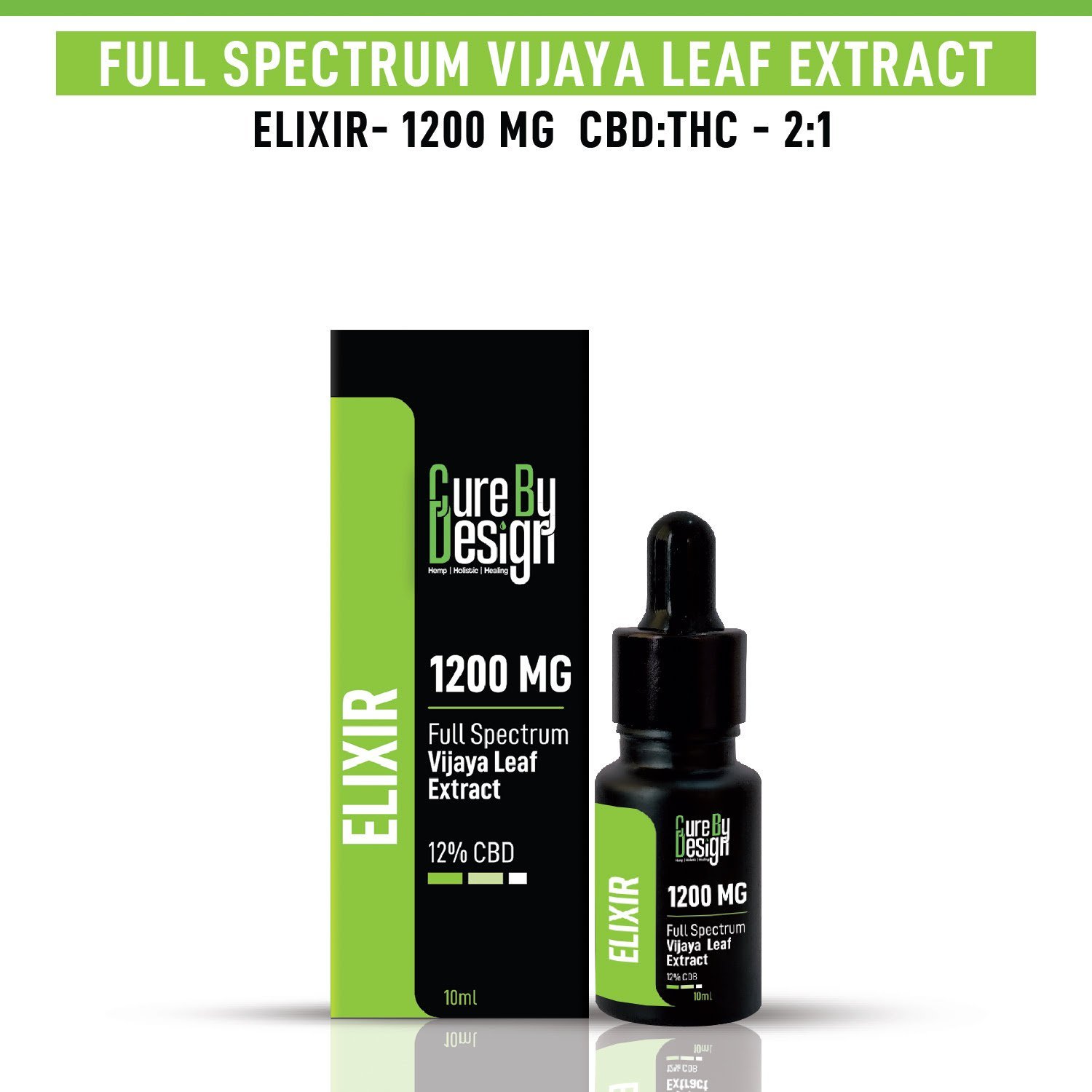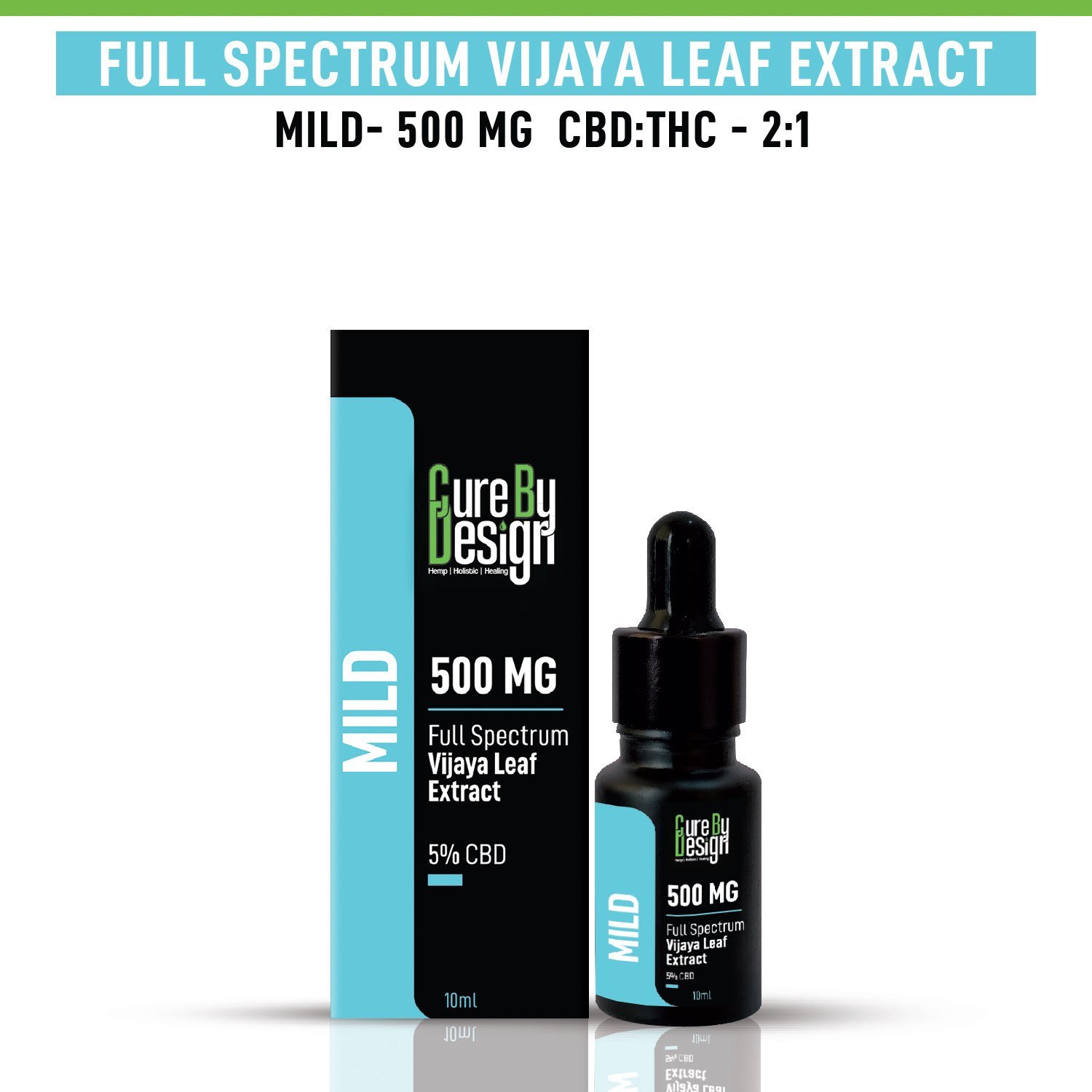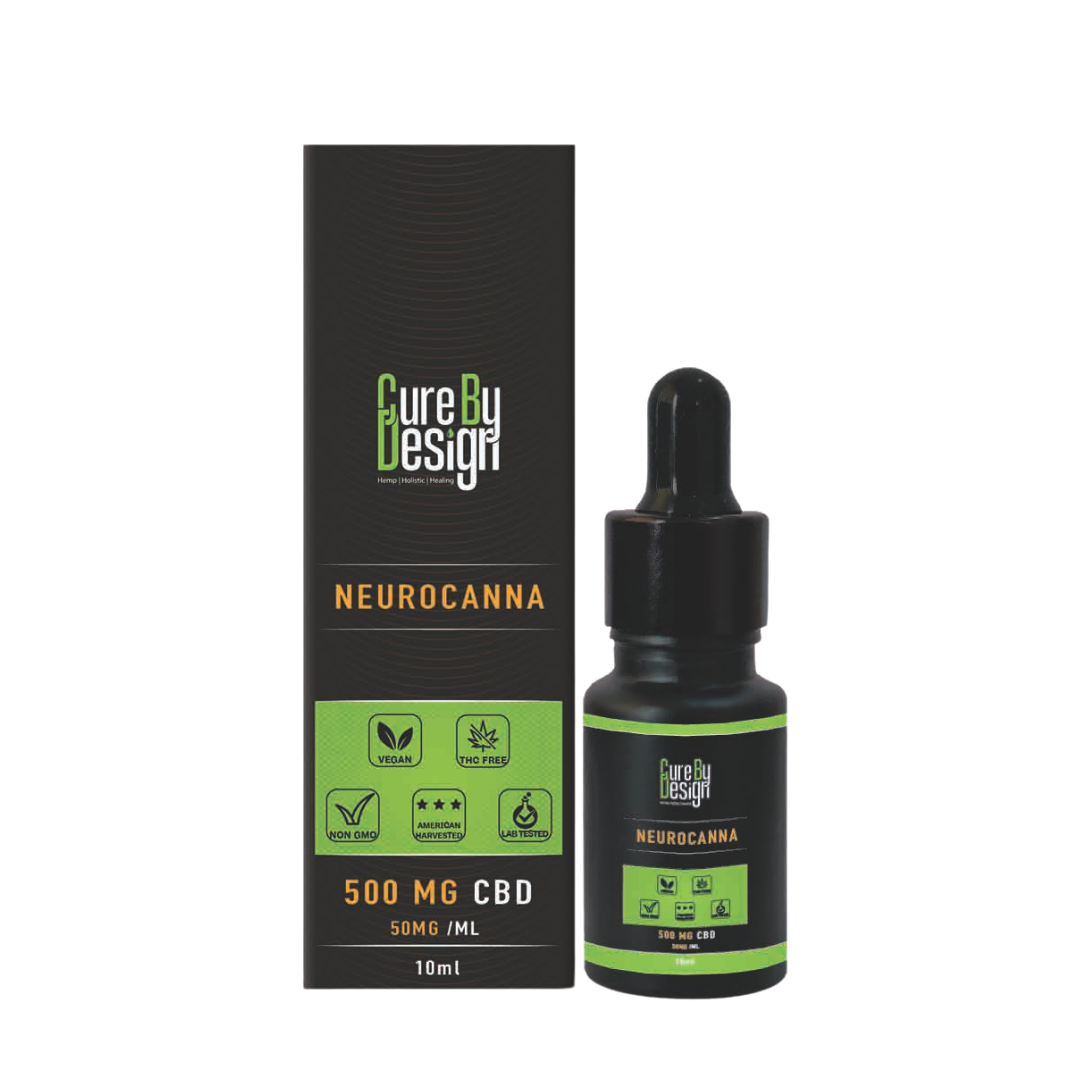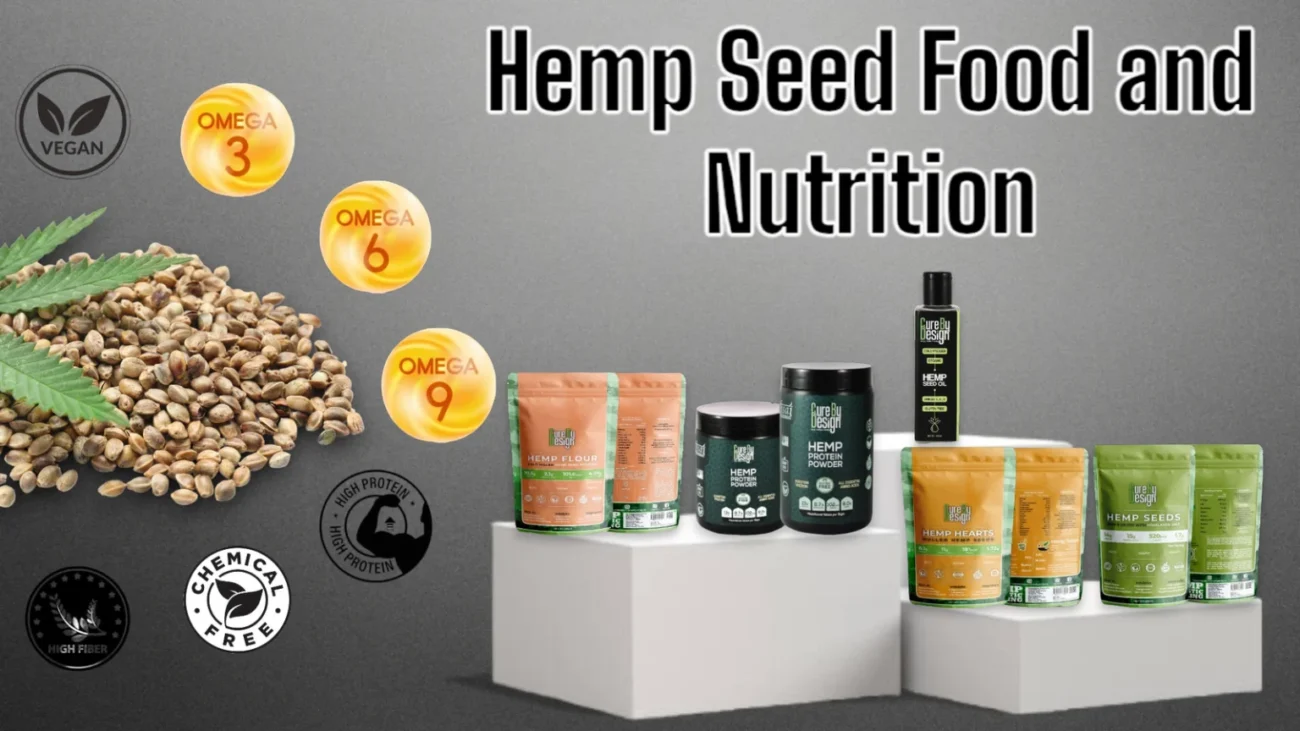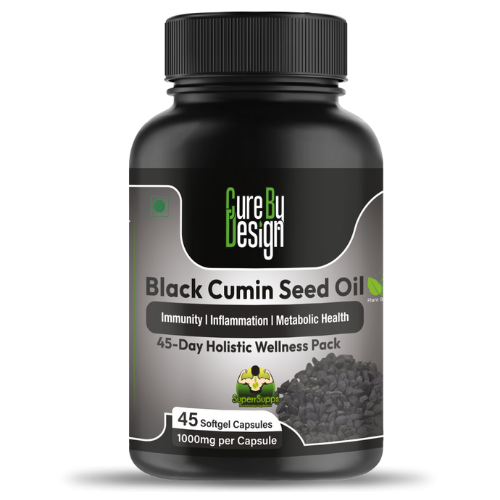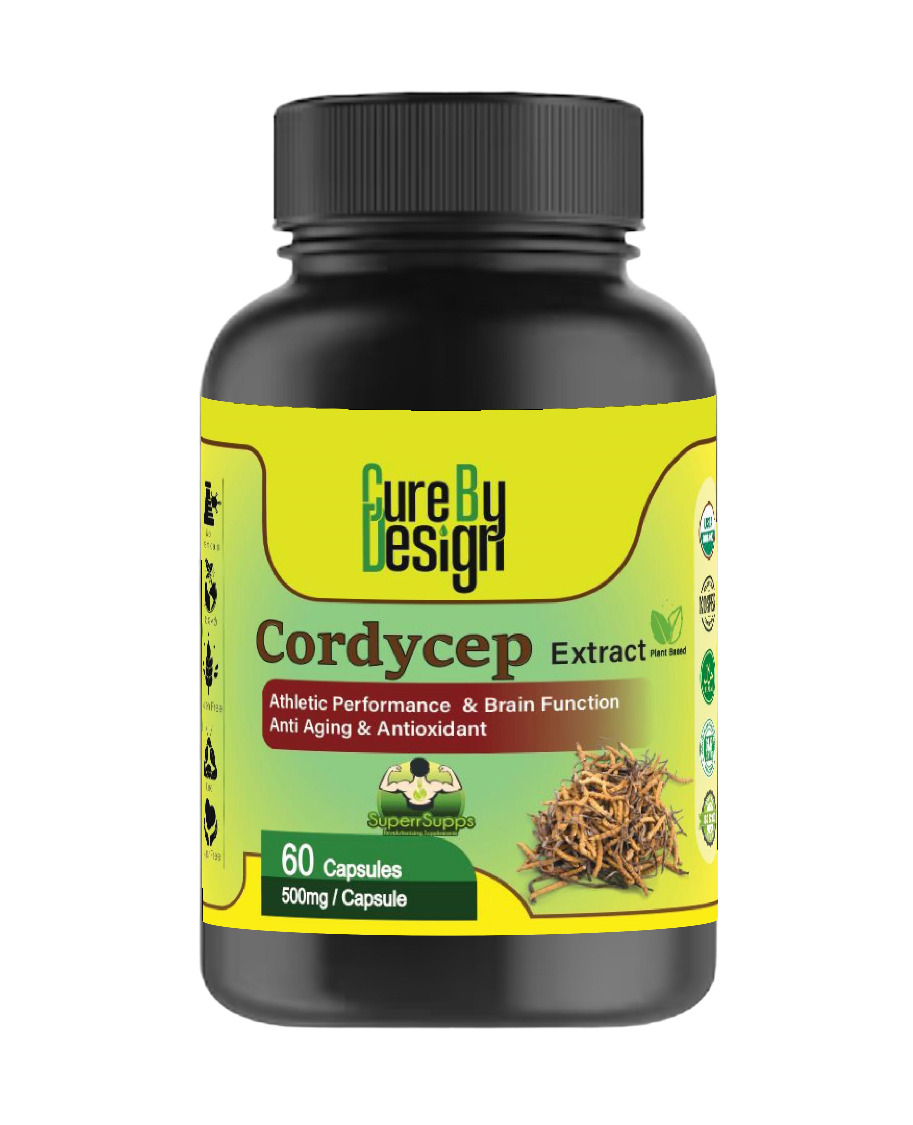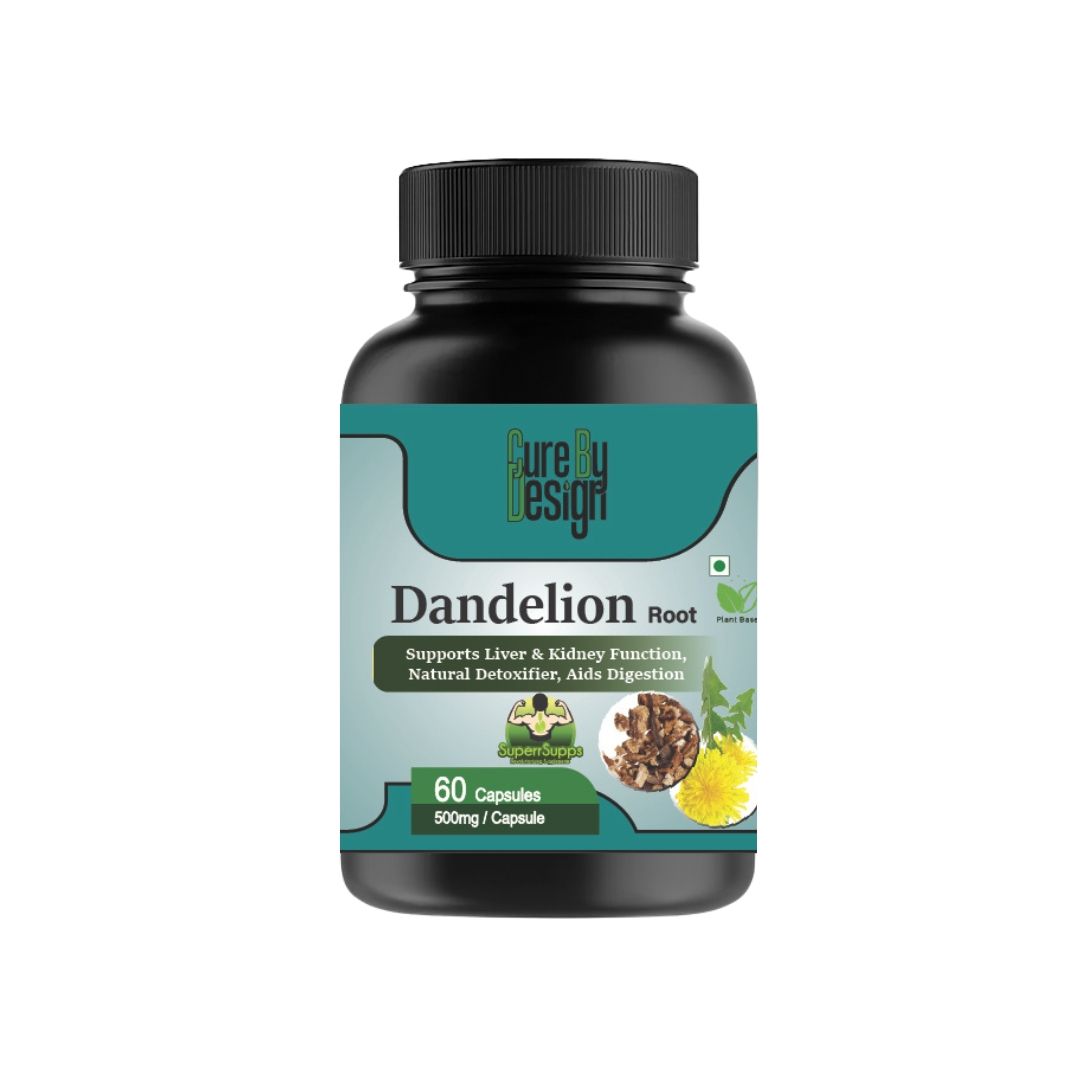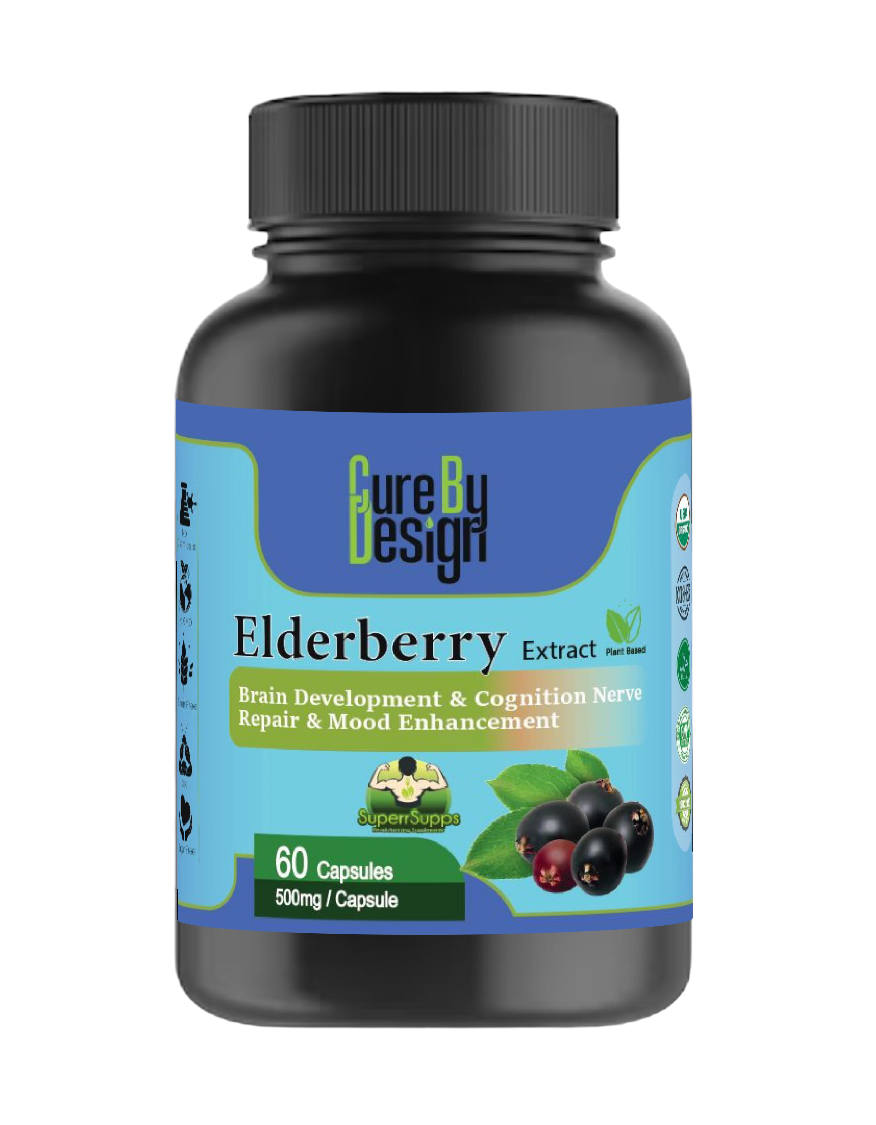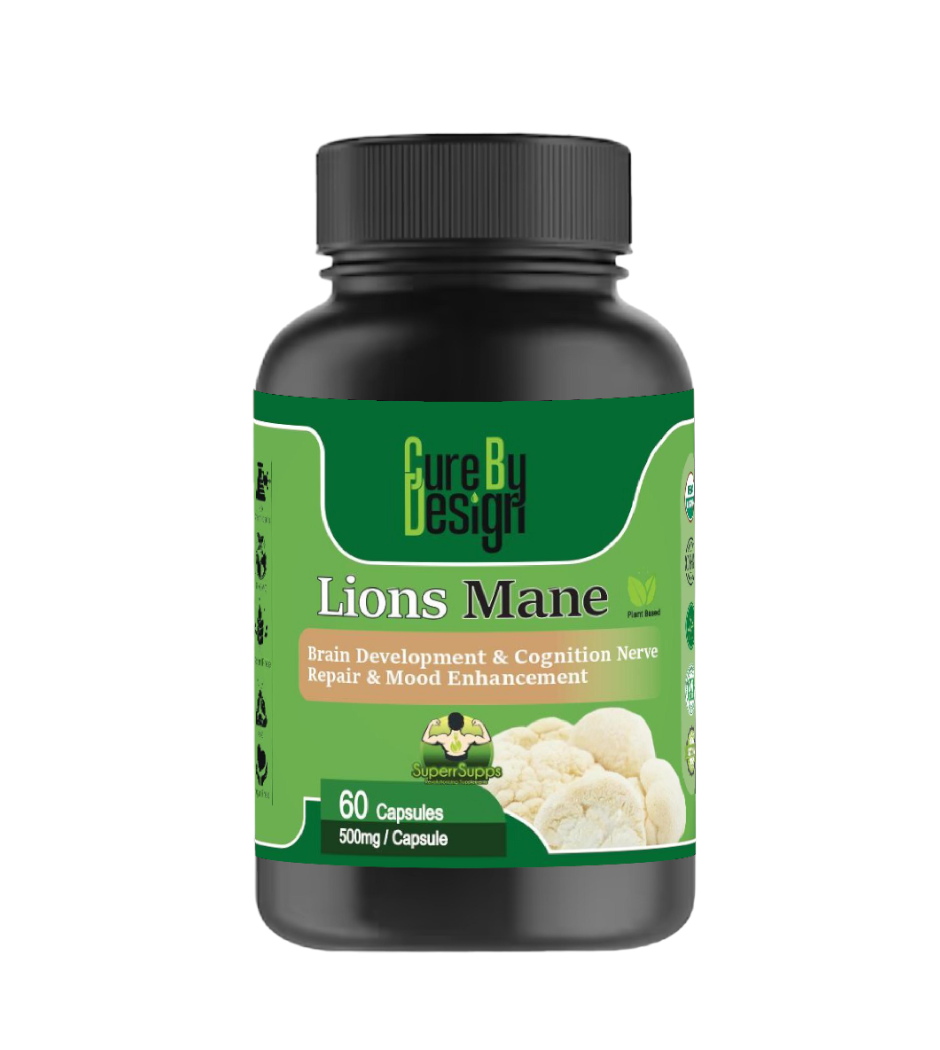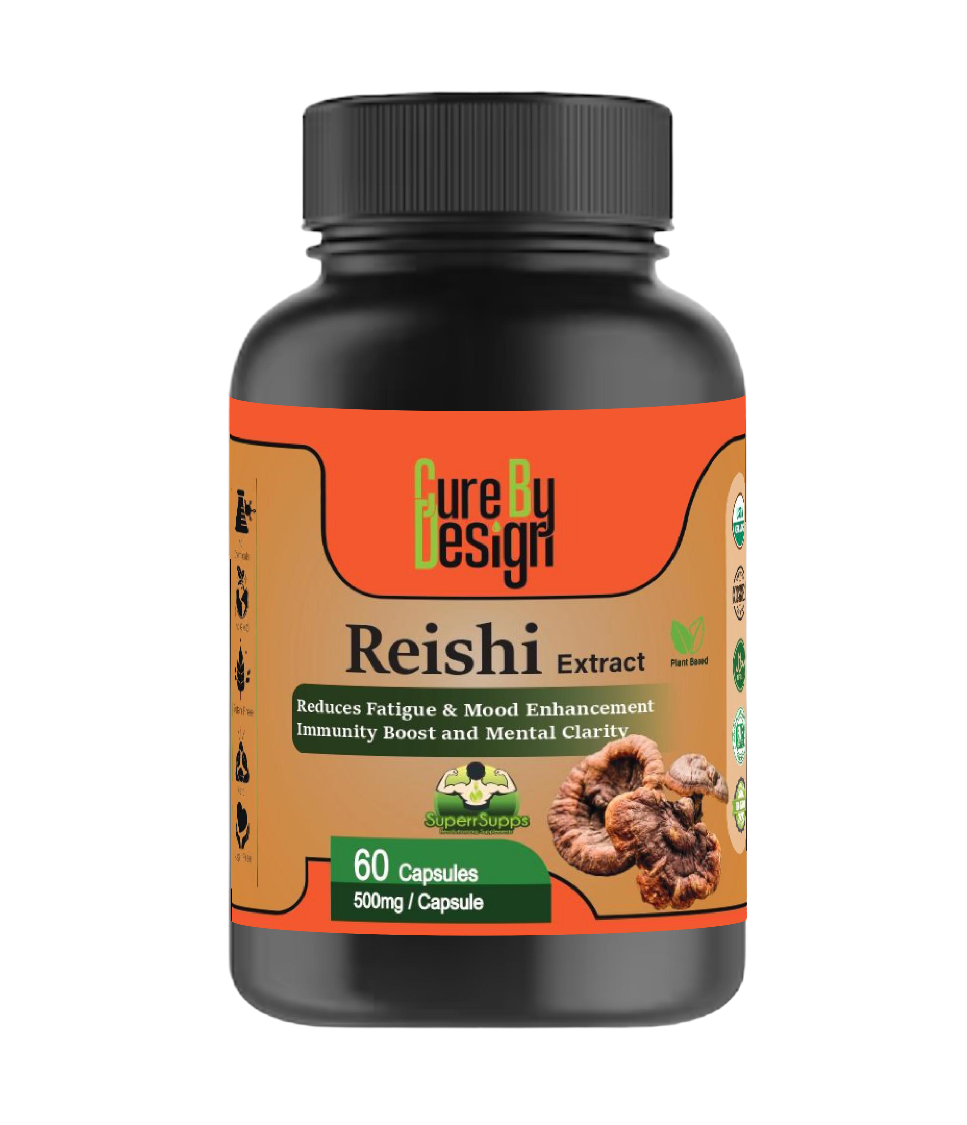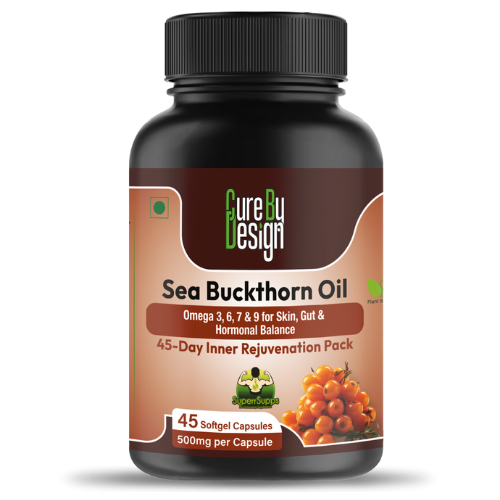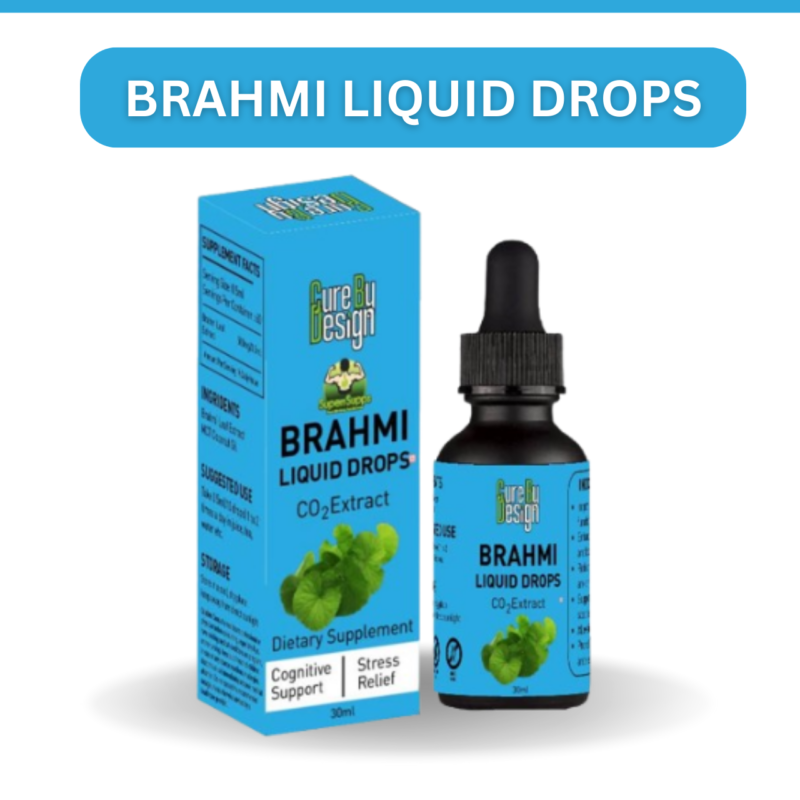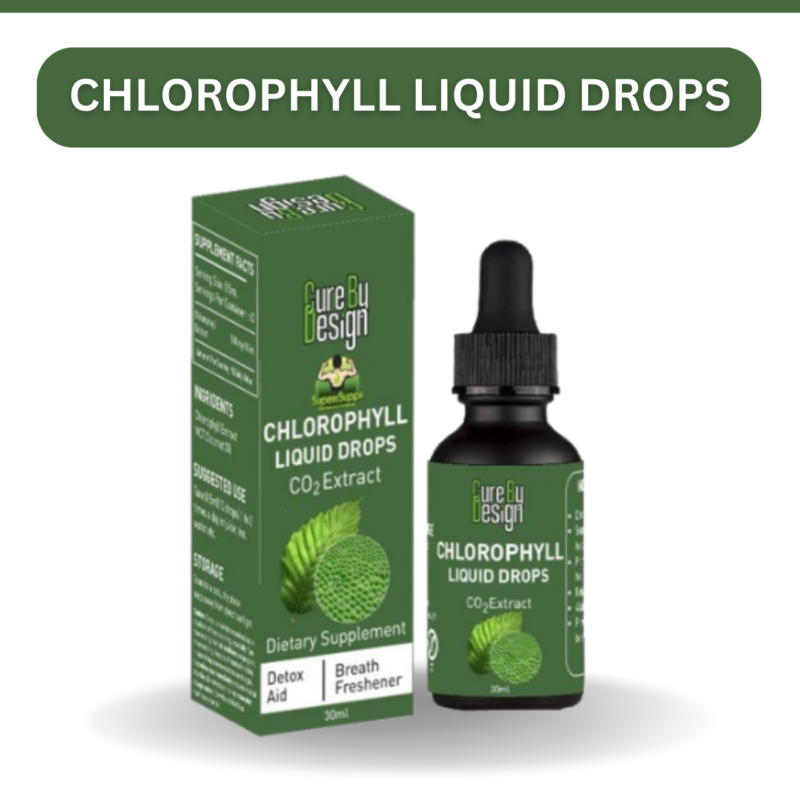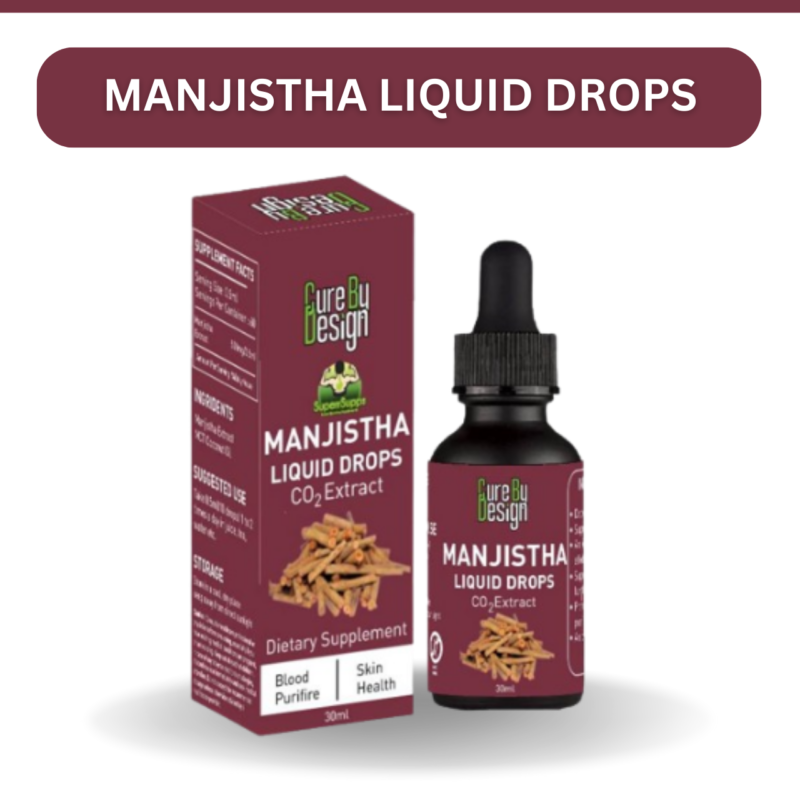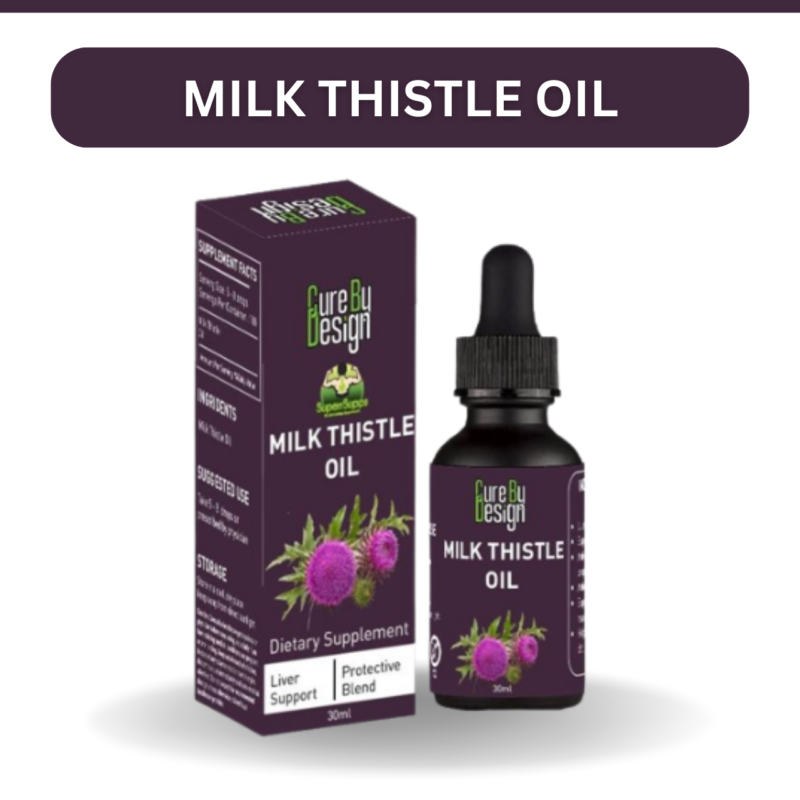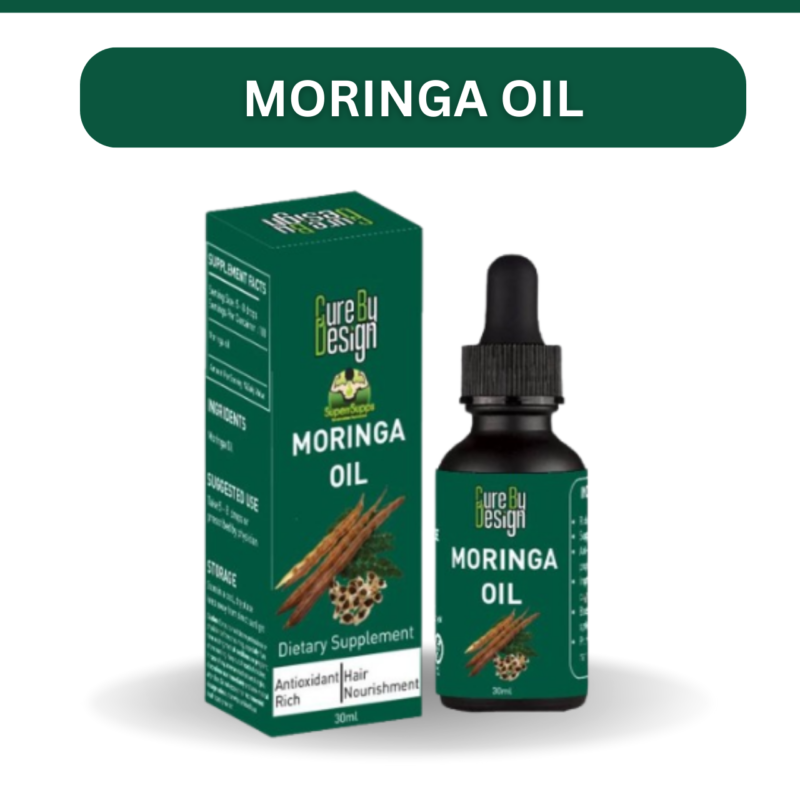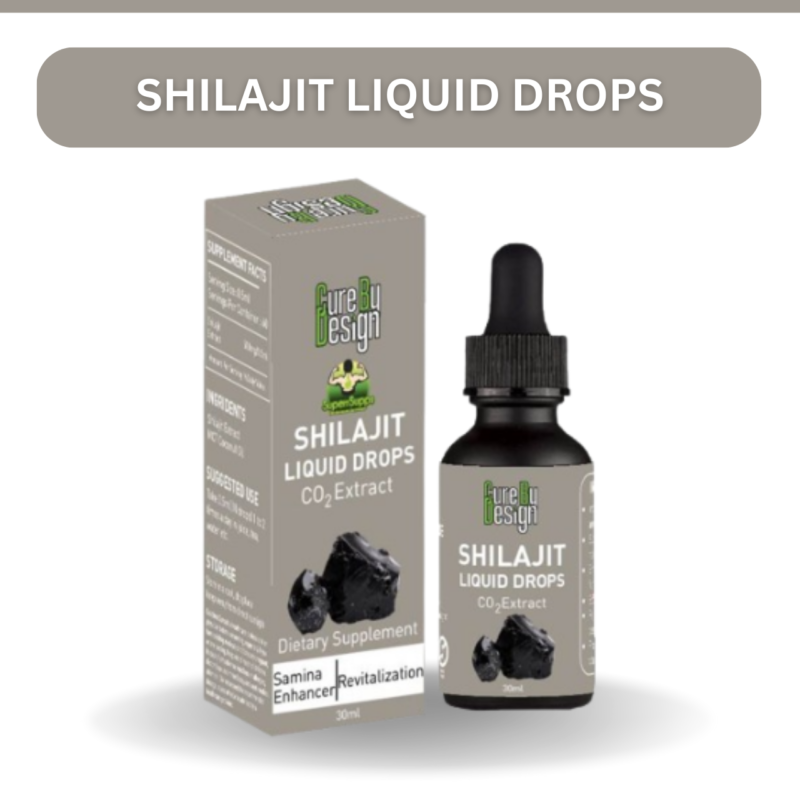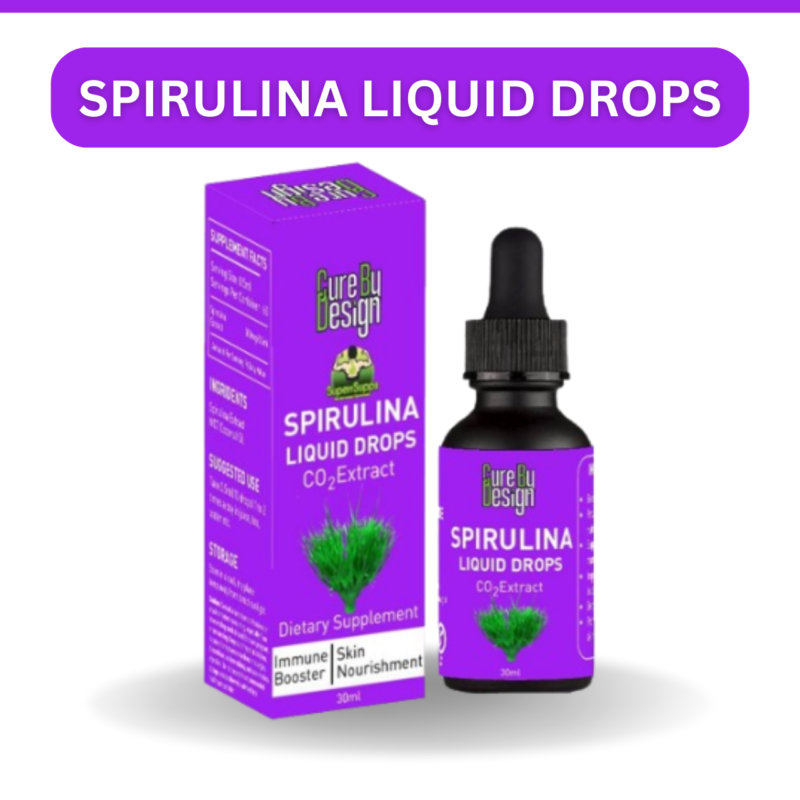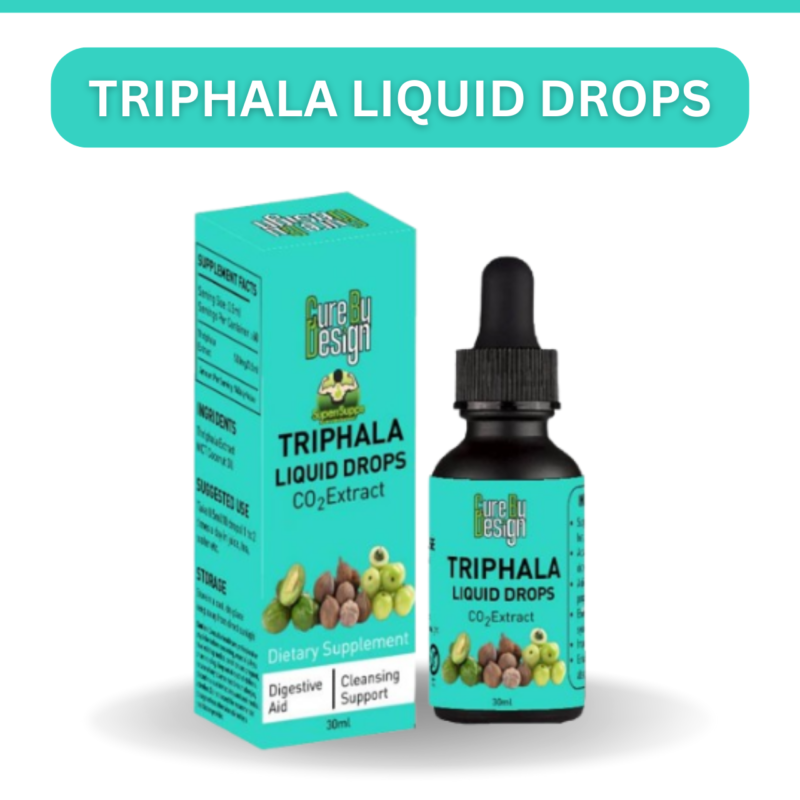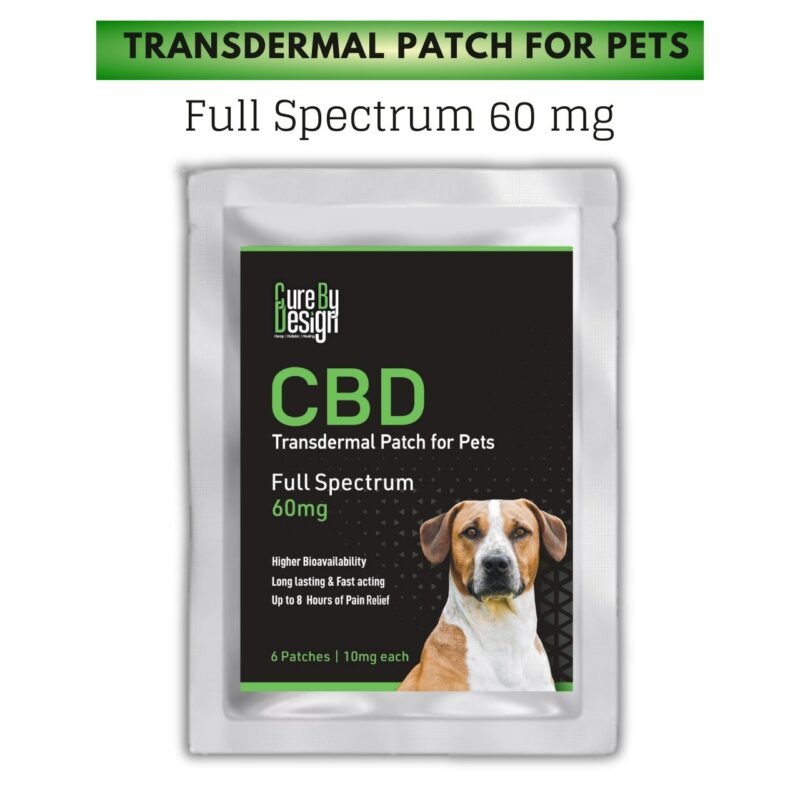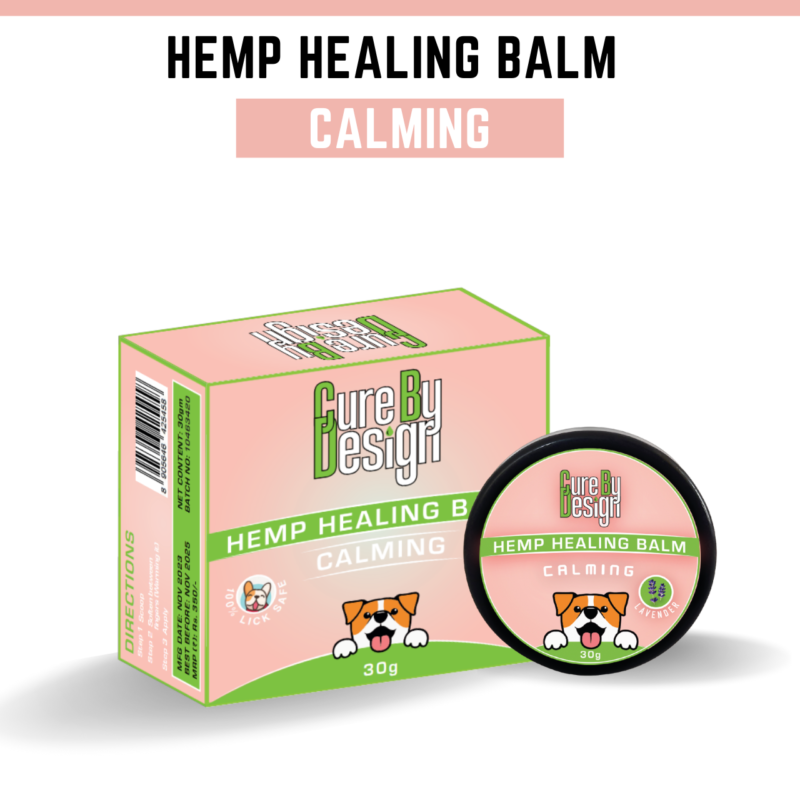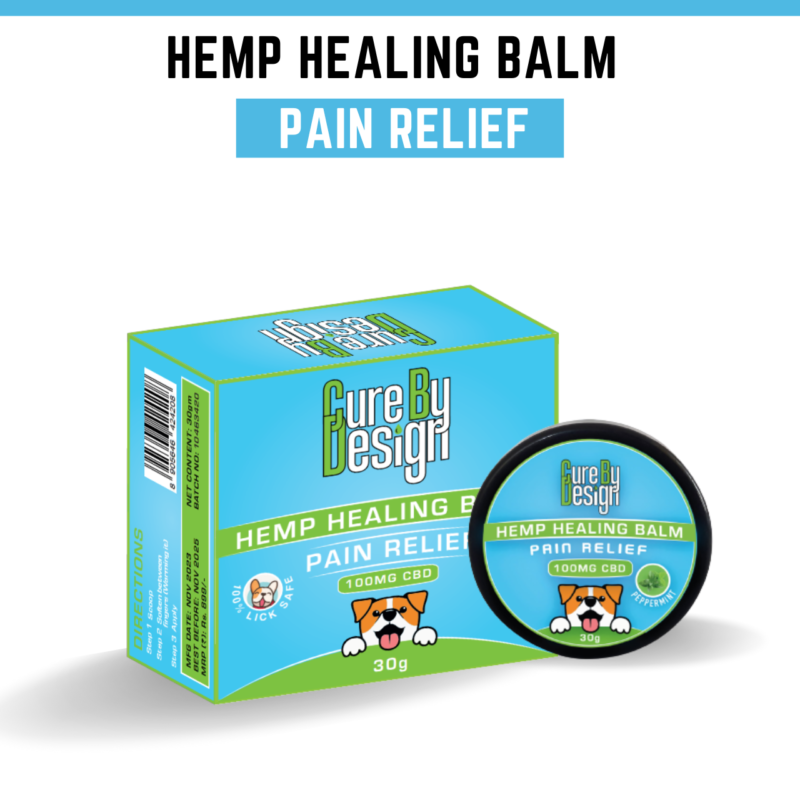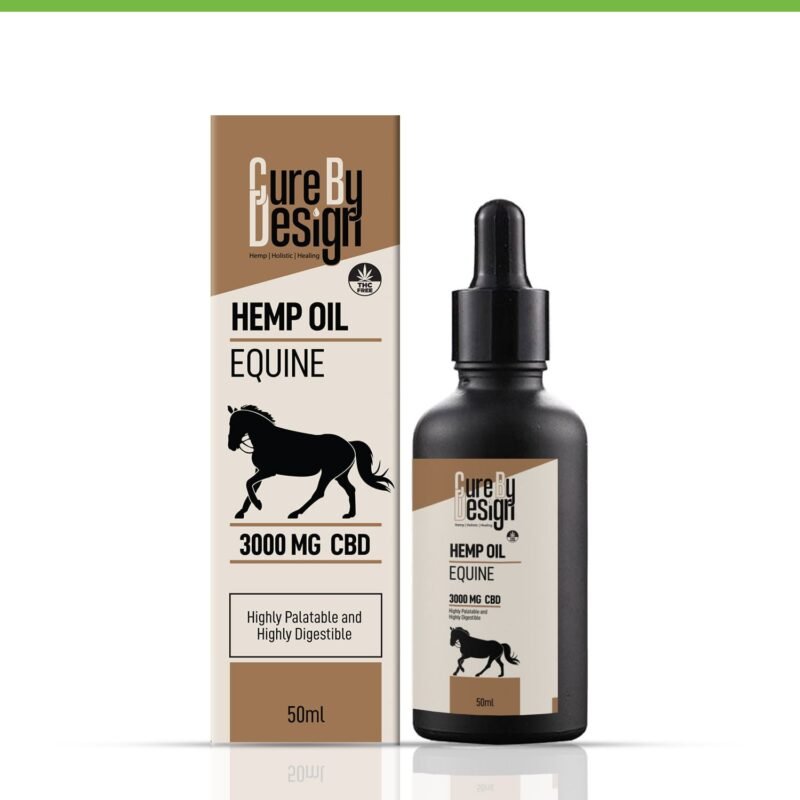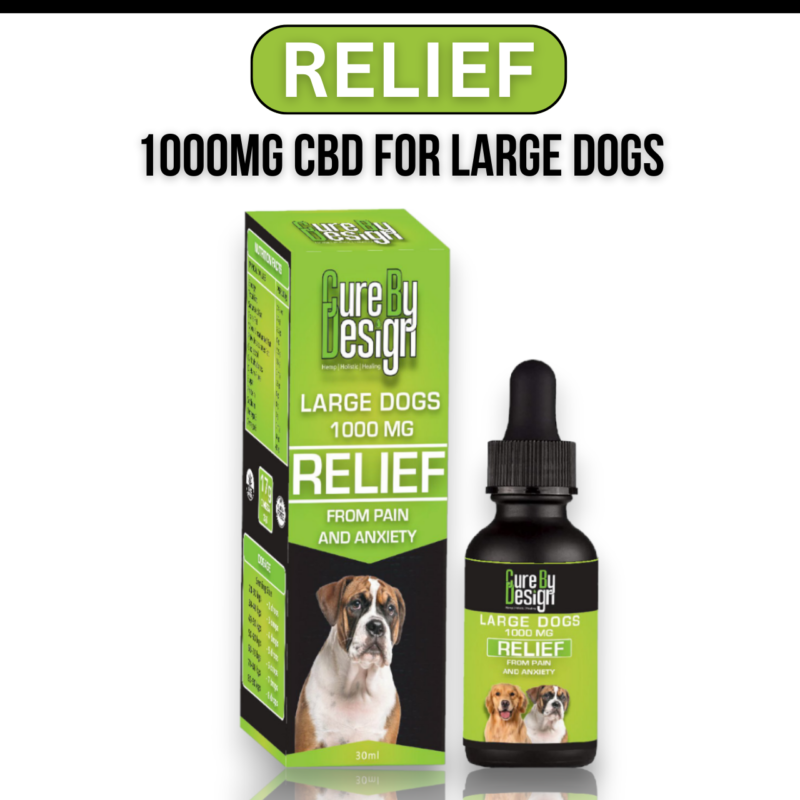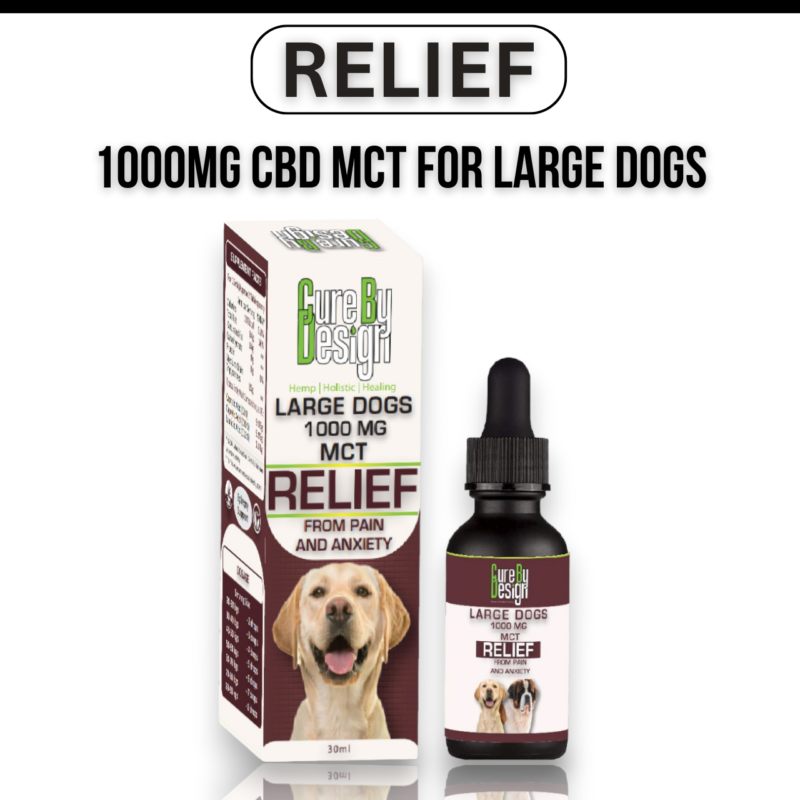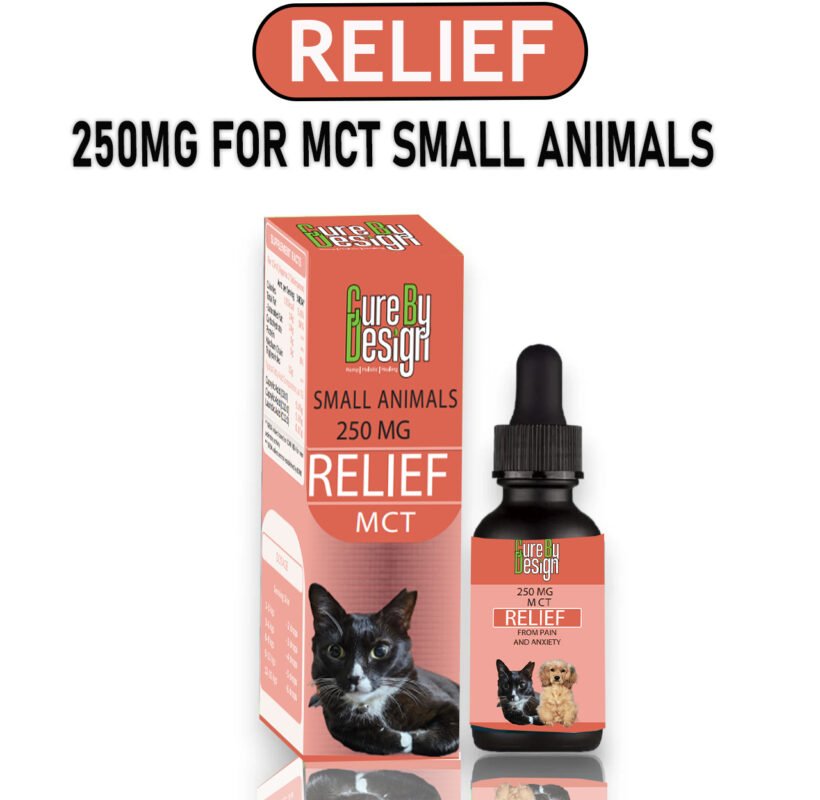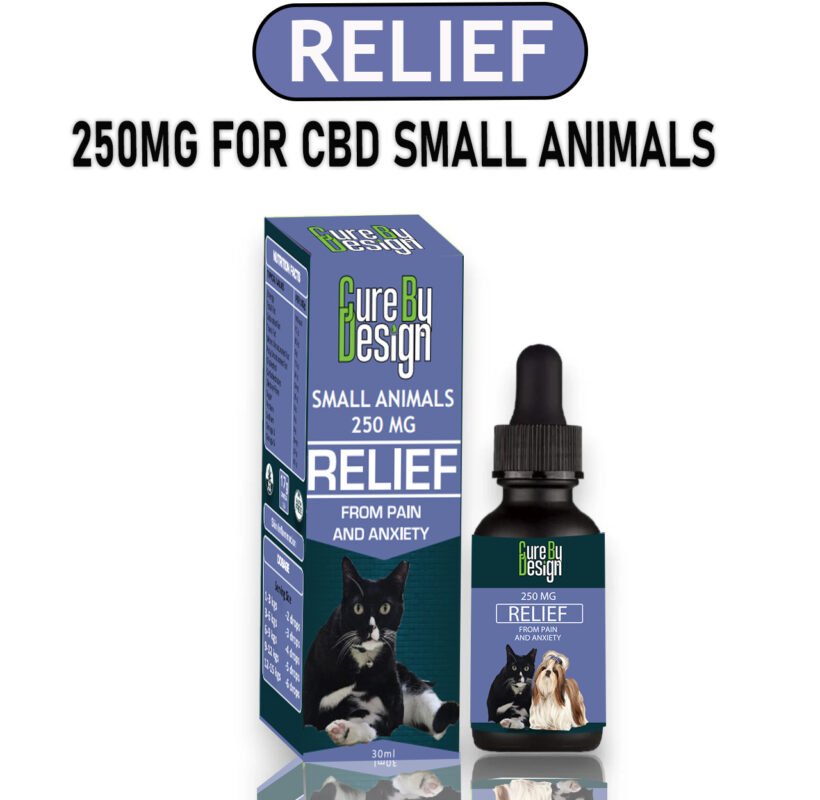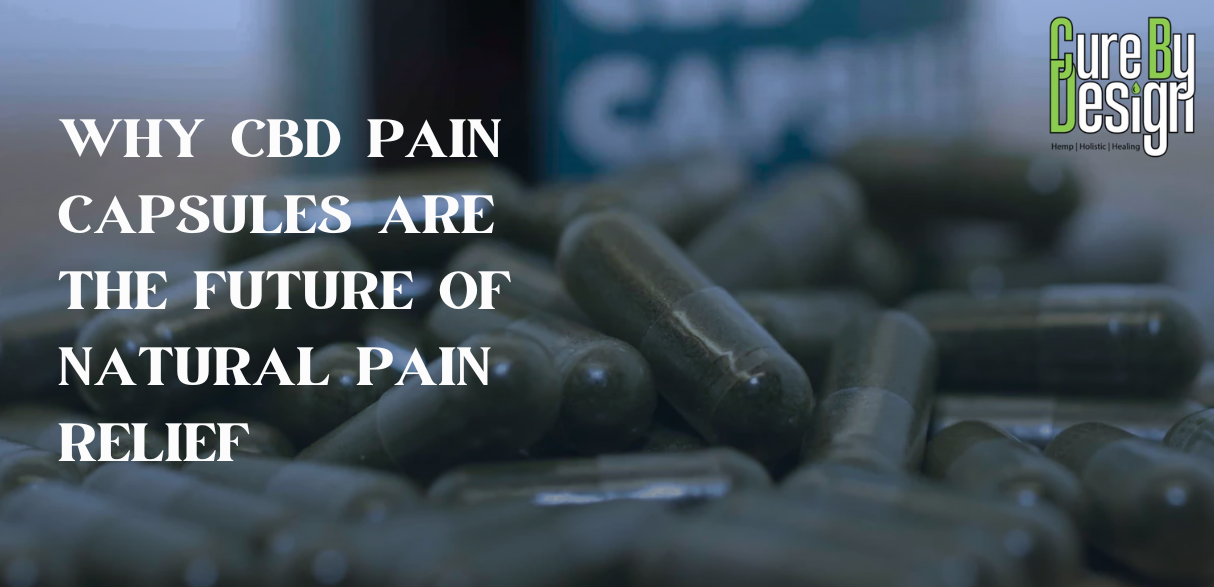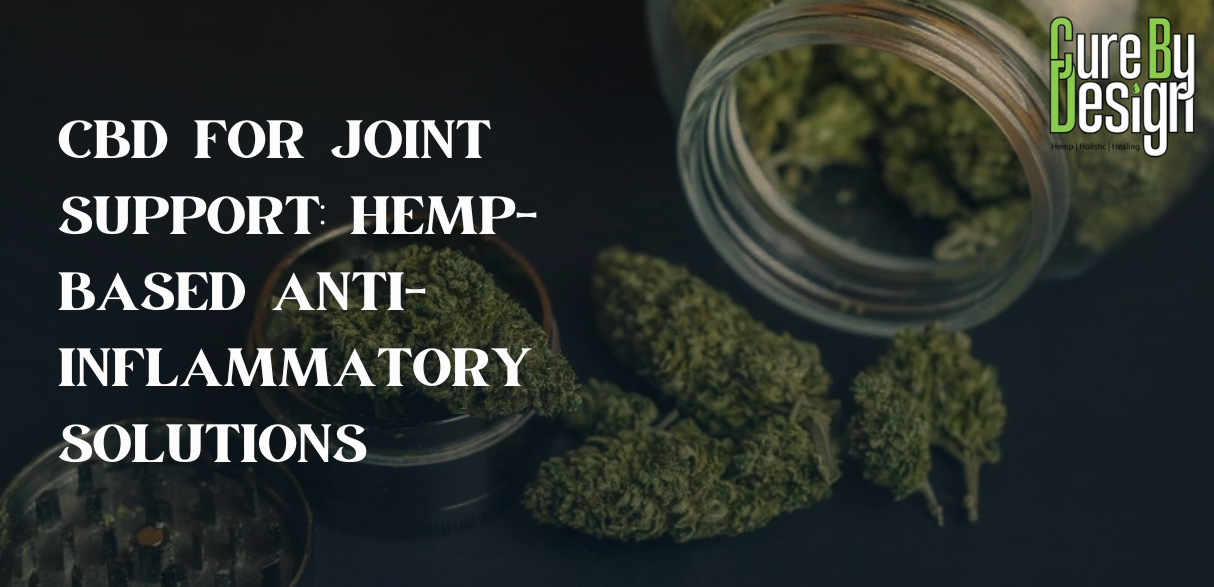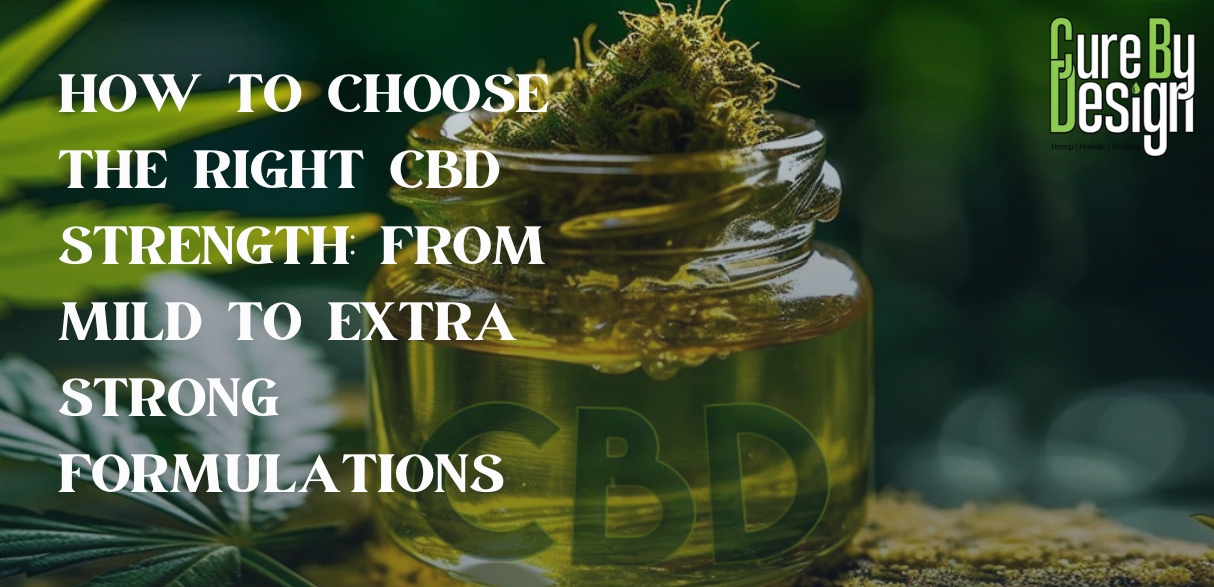The Complete Guide to CBD for Pain Management

CBD for Pain Management
CBD, short for cannabidiol, is one of over 100 compounds found in the Cannabis sativa plant. Unlike THC (tetrahydrocannabinol), CBD doesn’t produce a “high.” Instead, it’s being recognized globally—and increasingly in India—for its potential therapeutic properties, particularly its pain-relieving and anti-inflammatory benefits.
In India, where Ayurveda and herbal treatments are deeply rooted in our culture, the interest in natural alternatives like CBD oil is rising. This guide explores the science behind CBD, its potential benefits and side effects, how to use it safely, and its legal status in India.
Understanding CBD and the Endocannabinoid System (ECS)

To understand how CBD may help with pain, we must look at the endocannabinoid system (ECS)—a network of receptors and enzymes in the human body that plays a critical role in regulating pain, inflammation, mood, and the immune response.
It interacts with two primary ECS receptors:
- CB1 receptors, mainly found in the brain and central nervous system.
- CB2 receptors, primarily found in the immune system and peripheral tissues.
It doesn’t bind directly to these receptors. Instead, it influences their behavior, potentially leading to:
- Reduced inflammation
- Decreased pain signals
- Improved nervous system balance
Potential Benefits of CBD for Pain Relief

Here are the key potential benefits of CBD for various types of pain:
1. Chronic Pain
CBD oil is gaining traction among Indian consumers as a promising natural remedy for chronic pain conditions, including backaches and fibromyalgia. Globally, many users report significant relief from persistent pain, and emerging research suggests that it may reduce inflammatory pain, improve quality of life, and provide comfort without the risks associated with opioid medications.
It interacts with the body’s endocannabinoid system, specifically the CB1 and CB2 receptors, to modulate pain signals and block discomfort at its source. This mechanism offers long-lasting relief without the side effects commonly linked to conventional painkillers. Indian users have shared personal experiences of reduced pain after surgery, relief from arthritis, and even help with menstrual cramps-often noting improved sleep and mood as additional benefits.
For those suffering from fibromyalgia, its’s anti-inflammatory and nerve-calming properties may help ease pain, stiffness, and fatigue, while also supporting better sleep and emotional balance. As a non-addictive, plant-based option, its oil is considered safe and well-tolerated, but consumers need to consult healthcare professionals to ensure it doesn’t interact with other medications.
With increasing awareness and availability in India, this oil stands out as a holistic solution for managing chronic pain and enhancing overall well-being.
2. Arthritis Pain
Arthritis is a growing health challenge among India’s rapidly aging population, with osteoarthritis (OA) now affecting millions and emerging as a leading cause of disability and reduced quality of life in older adults. As life expectancy rises, the number of Indians over 60 is projected to reach 323 million by 2050, intensifying the burden of joint-related ailments. OA, particularly of the knee and hip, can severely limit mobility, independence, and participation in daily life and social activities.
Traditional pain management often relies on nonsteroidal anti-inflammatory drugs (NSAIDs), but these can have side effects and may not provide adequate relief for all patients. In this context, the oil has emerged as a promising plant-based alternative for arthritis pain management in India.
It’s anti-inflammatory and analgesic properties help reduce joint pain and swelling, while its antioxidant effects may protect against further joint damage. Topical CBD products-such as creams and balms-are particularly effective for localized pain relief, allowing users to target specific joints with minimal systemic side effects.
For Indian consumers seeking safer, more holistic options, it offers a well-tolerated and increasingly accessible solution to manage arthritis pain and improve quality of life.
3. Neuropathic Pain
Neuropathic pain, commonly seen in conditions like diabetic neuropathy and sciatica, is a growing concern among Indian consumers, especially as diabetes rates and sedentary lifestyles rise. This type of pain stems from nerve damage and is often chronic, severely impacting daily life and overall well-being. Traditional treatments sometimes fall short, leading many Indians to explore alternative therapies such as cannabidiol (CBD).
CBD, a non-psychoactive compound derived from the cannabis plant, has shown promising neuroprotective effects. Scientific studies indicate that it may modulate pain perception by interacting with the body’s endocannabinoid system, which plays a key role in regulating pain and inflammation. For diabetic neuropathy, clinical trials have demonstrated that it can significantly reduce pain scores by up to 50% in some cases-while also improving sleep quality and reducing anxiety, with minimal side effects. Similarly, for sciatica, it’s ability to soothe inflamed nerves and improve sleep has made it an attractive option for those seeking natural relief.
In India, growing awareness and acceptance of CBD, combined with its alignment with traditional herbal remedies, make it a compelling choice for neuropathic pain management. However, consumers are advised to consult healthcare professionals before starting it and to choose products from reputable sources to ensure safety and efficacy.
4. Migraine and Headaches
For Indian consumers grappling with migraines, CBD-based products are gaining traction as complementary remedies. Market offerings like Vijaya tinctures (e.g., CBDstore’s Migraine Aid) and Ayurvedic-CBD blends (e.g., Wholeleaf Headache & Migraine Relief Oil) combine cannabis extracts with traditional herbs such as pudina, kapur, and sesame oil to target pain and inflammation. These products are formulated to interact with the body’s endocannabinoid system, potentially reducing pain perception by calming overactive pain receptors.
Key Benefits and Usage Patterns
- Pain Relief: Topical roll-ons (e.g., India Hemp Organics’ Cannabliss Migraine Pain Relief) deliver localized relief through ingredients like peppermint and camphor, which improve blood circulation and numb pain areas.
- Frequency Reduction: A University of Colorado study cited by its store highlights that 40% of participants reported a 50% drop in monthly migraine episodes with regular cannabis use.
- Stress Management: It’s anxiolytic properties may alleviate migraine-associated anxiety, as noted in Wholeleaf’s mood-elevating formulations.
Consumer Considerations
- Application Methods: Most products are for external use, applied to temples, neck, or forehead. Hempstrol’s Migraine & Cold Oil also allows oral consumption with physician guidance.
- Ingredients: Himalayan hemp seed oil (rich in magnesium) and peppermint oil are common in Indian formulations, targeting inflammation and muscle tension.
- Emerging Research: While studies like the Colorado trial show promise, Indian consumers should consult healthcare providers, as it’s efficacy for migraines remains under-researched.
Indian consumers increasingly opt for it as a natural alternative to conventional painkillers, drawn by its dual action on physical pain and stress. However, medical guidance is crucial, particularly for dosage and interactions, as regulatory clarity around cannabis-based products in India remains evolving.
Forms of CBD Available in India
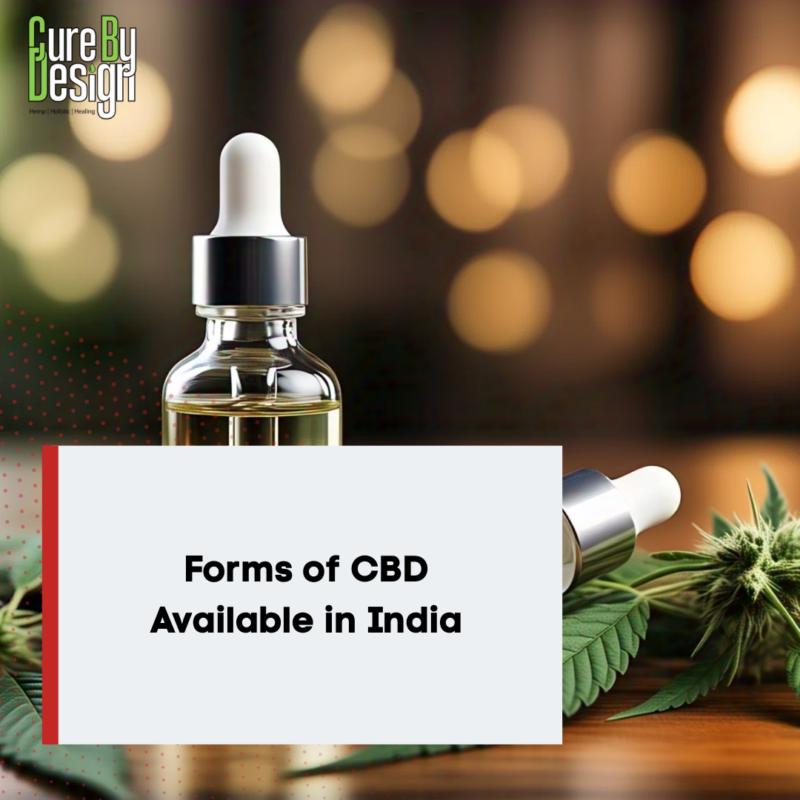
CBD comes in various forms, making it easier to incorporate into daily life. Popular options include:
1. Oil (Tinctures)
Most popular form, ideal for fast absorption via sublingual use. Various brands offer Ministry of AYUSH-licensed oils, ensuring compliance with India’s THC limit of <0.3%. Users report benefits for stress relief, pain management, and improved sleep.
2. Topical Creams/Balms
Target localized pain (joints, muscles) through direct application. Growing preference among arthritis patients and fitness enthusiasts aligns with studies showing CBD’s anti-inflammatory effects.
3. Capsules
Fastest-growing segment due to precise dosing and convenience. Suitable for busy professionals seeking discreet, consistent intake. Often used for chronic pain and anxiety management.
4. Gummies/Edibles
Taste-friendly option with slower onset (30-90 minutes). Popular among new users, though India’s regulations restrict marketing as edibles without FSSAI approval for hemp seed-based products.
5. Patches
Long-lasting transdermal relief (8-12 hours), ideal for chronic conditions. Emerging in niche markets, though accessibility remains limited compared to global counterparts.
Why Indian Consumers Are Choosing CBD
- Natural Alternatives: Shift toward plant-based supplements amid rising chronic health issues.
- Regulatory Support: Government encouragement for low-THC hemp cultivation and Ayurvedic integration.
- Wellness Trends: Increased awareness of it’s role in stress reduction, skincare, and heart health.
Challenges to Navigate
- Price Sensitivity: Premium pricing limits mass adoption, though competition is driving gradual affordability.
- Legal Ambiguity: Regulations permit hemp-derived it but restrict full-spectrum products, creating confusion.
- Stigma: Persistent misconceptions about psychoactive effects, countered by education efforts from brands like Cannazo India.
Each form has unique bioavailability (how much enters your bloodstream). For fast relief, oils and tinctures are preferred, while edibles offer longer-lasting effects. With online sales expanding and pharmacies/wellness centers stocking it, accessibility is improving. As clinical research validates benefits and policies clarify, it is poised to transition from a niche product to a mainstream wellness staple in India. Consumers are advised to prioritize third-party tested products and consult healthcare providers for dosage guidance.
Is CBD Legal in India?

CBD oil derived from industrial hemp with less than 0.3% THC is legal in India when produced under licenses granted by the Drugs and Cosmetics Act, 1940, and compliant with the Narcotic Drugs and Psychotropic Substances (NDPS) Act. However, the legal framework remains fragmented, with regulations varying across states and oversight divided among multiple authorities, including AYUSH (for traditional medicine), FSSAI (for hemp seed products), and CDSCO (for pharmaceuticals).
Key Considerations for Indian Consumers
THC Limits Matter
Products exceeding 0.3% THC risk classification as narcotics under the NDPS Act, which prohibits recreational cannabis. Full-spectrum oils with higher THC levels require medical prescriptions and CDSCO approval.
Licensing and Compliance
Reputable brands must operate under state-level drug licenses and adhere to quality standards specified by the Drugs and Cosmetics Act. For example, hemp seed oil falls under FSSAI’s 2021 guidelines, while it extracts require additional approvals.
Purchasing Safely
- Third-party lab reports: Ensure products are tested for THC content and contaminants.
- Transparent labeling: THC percentage, sourcing (hemp leaves/seeds), and licensing details should be visible.
- AYUSH/FSSAI registration: Prefer brands compliant with these bodies, as they validate adherence to national standards.
Regulatory Gaps and Future Trends
While AYUSH-endorsed it, is gaining traction in Ayurveda for pain and anxiety management, India lacks uniform regulations for edibles or cosmetics containing CBD. Startups are advocating for clearer policies, particularly after Uttarakhand and Himachal Pradesh pioneered industrial hemp farming.
What to Avoid
- Unverified online sellers: Many products lack proper licensing or disclose THC levels inaccurately.
- Recreational claims: It is marketed for non-medical use risks legal action under the NDPS Act.
India’s CBD market is evolving, with legal products available through certified Ayurvedic and wellness brands. Consumers should prioritize due diligence to navigate the current regulatory ambiguity safely.
How to Determine the Right CBD Dosage
There is no one-size-fits-all dosage. Start with the principle: “Start low, go slow.”
Dosage Guide:
- Begin with: 5–10 mg per day
- Observe effects for a week
- Increase gradually, if needed
Factors affecting dosage include:
- Body weight and metabolism
- Type and severity of pain
Form of CBD product - Existing medical conditions
Keep a pain diary to track dosage, symptoms, and improvements.
Can CBD Be Combined with Other Pain Medications?
It is known to interact with certain medications, especially those processed by cytochrome P450 enzymes in the liver.
Possible Interactions:
- Blood thinners (like warfarin)
- Anti-epileptics
- Antidepressants
- NSAIDs (ibuprofen, naproxen)
Always consult a healthcare professional before combining it with any medication, especially if you’re already undergoing treatment for chronic pain.
Potential Side Effects of CBD
Although CBD is generally considered safe, some users may experience side effects:
- Dry mouth
- Drowsiness
- Changes in appetite
- Digestive issues (e.g., diarrhea)
- Interaction with medications
These effects are typically mild and dose-dependent. Starting with a low dose can minimize these risks.
Special Considerations for Indian Consumers
1. Accessibility
CBD products are now available in India through licensed e-commerce platforms and specialty wellness stores. Ensure the product contains less than 0.3% THC and is certified safe for consumption.
2. Cultural Perceptions
In India, cannabis often carries a social stigma. However, historical Ayurvedic texts mention bhang and Vijaya, ancient cannabis preparations used for pain and inflammation. Education is crucial to distinguish between psychoactive THC and non-psychoactive CBD.
CBD Use and Substance Abuse Concerns
For those with a history of substance abuse, using CBD requires caution:
- CBD is non-addictive
- It doesn’t produce a high
- It may even reduce cravings or anxiety in some recovery programs
Still, consult with an addiction specialist or mental health professional before use.
How Long Does It Take for CBD to Work?
The onset time depends on the form of CBD and individual body chemistry:
| CBD Form | Onset Time | Duration |
| Oil/Tincture | 15–45 minutes | 4–6 hours |
| Edibles/Gummies | 1–2 hours | 6–8 hours |
| Topicals | 20–30 minutes | 2–4 hours |
| Capsules | 1–2 hours | 6–8 hours |
| Vapes | 5–10 minutes | 1–3 hours |
Consistency is key. CBD may take a few days to weeks for noticeable benefits, especially in chronic conditions.
Scientific Evidence Supporting CBD for Pain
Though research is still evolving, multiple studies suggest CBD’s promise in pain management:
- A study in the European Journal of Pain found CBD effective in reducing arthritis-related inflammation in rats.
- A 2020 review published in Frontiers in Pharmacology concluded that CBD shows analgesic and anti-inflammatory effects.
- WHO (World Health Organization) deems CBD safe and non-addictive, with a good safety profile.
Where to Get Quality CBD in India
Choose products that meet the following criteria:
- COA (Certificate of Analysis) available
- Derived from organically grown hemp
- Contains < 0.3% THC
- FSSAI-registered if used for consumption
Beware of counterfeit or low-quality CBD products sold without proper labeling or certification.
Common FAQs About CBD for Pain Management in India
Is CBD legal in India?
Yes, hemp-derived CBD with <0.3% THC is legal for medicinal and wellness use.
Does CBD cause a high?
No. CBD is non-psychoactive and doesn’t cause intoxication.
Can I get CBD without a prescription?
Yes, but it’s advisable to consult a healthcare provider before use, especially if you have a medical condition.
Is CBD safe for older adults?
Generally, yes, but older adults should begin with low doses and monitor for interactions with other medications.
Is CBD Right for You?
As India embraces natural and alternative health solutions, CBD is steadily gaining ground in the pain relief market. While not a magic cure, it may offer an effective, non-addictive solution for those dealing with chronic pain, arthritis, or inflammation.
If you’re considering trying CBD:
- Choose certified, high-quality products
- Consult your doctor, especially if you’re on medication
- Start with a low dose
- Be consistent and patient
With scientific interest growing and regulatory clarity evolving, the future of CBD in India looks promising.

